________________________________________________________________________________
Compact Track Loaders / ASV Compact Track Loaders / ASV RC100ASV RC-100 Track Loader Troubleshooting

The ASV Posi-Track RC-100 compact track loader is powered by 269 cu.in (4.4L) Perkins 1104C-44T 4-stroke 4-cylinder direct injection turbocharged diesel engine with a rated power of 99.5 hp (74 kW) at 2300 rpm. The ASV RC100 is equipped with a 2-speed hydro transmission, radial-lift loader boom, 18.7" (475 mm) rubber tracks, and elevated track drive sprockets. The hydraulic system has a pump with fluid flow rate of 20 gpm (76 lpm) or 38 gpm (144 lpm). The hydraulic pressure is 3300 psi (227 bar). The track loader has a rated operating capacity of 2660 lbs (1205 kg) and tipping load of 7600 lbs (3445 kg). The lift height is 125 inches (3175 mm) to hinge pin.
Engine Troubleshooting
Engine difficult to start or doesn't start
Air in fuel system - Bleed fuel system.
Fuel filter element is dirty - Clean the filter or install new filter element.
Fuel injection nozzles are damaged or dirty - If necessary, replace with a new nozzle.
Water or dirt in fuel system - Drain, flush, and service the system.
Valve clearance is not correct - Need to adjust valve clearance.
Defective fuel injection pump - Install a new pump or rebuild.
Engine starts and stops suddenly
Air cleaner is clogged - Clean or replace air cleaner element.
Fuel filter element clogging - Clean the filter or install new filter element.
Problems with fuel injection pump tightness - Inspect fuel injection pump for leaks.
Damaged or clogged injectors - Clean fuel injectors or change it.
Fuel injection pump is broken - Repair or change injection pump.
Engine stalls while running
Coolant temperature is low - Normalize the temperature by warming up the engine.
Fuel filter is plugged - Change filter element.
Air in the fuel pipes - Bleed the fuel pipes.
Clogged or defective injection nozzles - Change fuel injection nozzles.
Wrong setting of fuel injection pump timing - Adjust fuel injection pump as required.
Engine stalls at idle
Low idle speed setting is not correct - Correct low idle adjustment.
Fuel injection pump failure - Change pump or rebuild it.
Defective fuel injectors - Inspect fuel injectors and change as required.
The valve clearance is not adjusted - Adjust to proper valve clearance.
Diesel engine loses power
Plugged air cleaner - Clean or replace element.
Clogged or burnt injection nozzle - Clean or replace injection nozzles.
Insufficient fuel injection pressure - Adjust to correct pressure.
Valve clearance is not correct - Correct valve clearance needs to be set.
Incorrectly adjusted low idle speed - Adjust low idling as recommended.
Fuel lines or hoses are clogged - Fuel lines and hoses need to be cleaned.
Cylinder head gasket defective - Change cylinder head gasket.
Piston rings are leaking or defective - Replace the piston rings as required.
Engine overheats
Engine coolant is insufficient - Fill the cooling system and check components for leaks or other faults.
Lack of engine oil - Checking oil level and add if necessary.
Damaged radiator cap or dirty radiator core - Clean radiator or replace cap.
Fan belt is broken or worn - The fan belt needs to be replaced.
Engine is under excessive load - Load reducing is recommended.
Oil pressure is low
Engine oil level low - Checking oil level and add if necessary.
Engine oil filter is plugged - Change or service engine oil filter.
Improper type of engine oil - Use oil of proper viscosity.
Excessive main bearing oil clearance - Bearing needs to be changed.
Worn oil pump - Inspect and change as required.
Engine knocks or noises
Engine oil level is low - Fill up the oil to required level.
Engine is not fully warmed up - Warm up the engine.
Incorrect adjustment of fuel injection pump timing - Adjust as recommended.
Low idle speed adjustment is incorrect - Need to adjust idle speed.
Fuel injector fault - Clean fuel injectors or change it.
Connecting rod is defective or misaligned - Replace or align connecting rod.
Pistons are scored or worn - Replace the pistons as required.
Machine will not move forward or backward
Low hydraulic oil level - Fill the system to proper hydraulic oil level.
Jammed or damaged undercarriage tracks - Remove jamming or repair tracks.
Worn or defective relief valve - Repair or install a new relief valve.
Suction line or hydraulic filter is plugged - Clean suction line or replace hydraulic filter.
Foot or hand controls are defective - Replace or repair.
Drive motor or pump is defective - Repair or replace faulty component.
Machine is not moving straight or moving is jerky
Damaged or jammed undercarriage tracks - Fix jamming or repair tracks.
Tracks are loose or worn - Adjust track tension or replace tracks.
Track frame is blocked with debris, dirt, or foreign objects - Remove foreign objects or debris and clean undercarriage track frame.
Loss of power
Plugged hydraulic oil filter - Replace or service hydraulic filter.
Relief valve is damaged or open - Close or change relief valve.
Transmission components are worn or defective - Inspect and change defective parts.
Damaged input drive shaft - Service or change faulty drive shaft.
There is air in the hydraulic system - Bleed air from hydraulic system.
Overheated drive system
Hydraulic oil is insufficient - Fill the system to proper hydraulic oil level.
Plugged hydraulic fluid filter - Check, clean, or change as necessary.
Relief valve failure - Change or repair relief valve.
Worn hydraulic motor or drive pump - Change or repair faulty component.
Hydraulic oil cooler is dirty - Clean cooling fins as required.
Drive system overloaded continuously - Load needs to be reduced.
Excessive noise
Incorrect oil viscosity - Drain and refill with correct oil.
Air trapped in hydraulic system - Need to bleed air.
Hydraulic motor or drive pump is worn - Change or repair faulty component.
Worn or damaged mechanical parts of drive system - Check drive system and change faulty components.
Hydraulic system overheating
Incorrect hydraulic pressure setting - Adjust pressure correctly.
Main relief valve malfunction or improper adjustment - Adjust or change relief valve.
Dirty hydraulic oil - Fill up with fresh hydraulic oil.
Lack of hydraulic oil - Add oil to the hydraulic system.
Hydraulic pump is worn - Repair or change pump if required.
Lift arm cannot be raised or lowered
Defective lift controls - Inspect and repair if necessary.
Hydraulic pump failure - Repair or install new hydraulic pump.
Faulty hydraulic control valve - Repair or change the valve.
Hydraulic cylinder not working - Replace or repair boom cylinder.
Hydraulic oil is insufficient - Need to add oil.
Bucket is not working
Defective bucket controls - Repair or change.
Hydraulic pump malfunction - Repair or change pump if required.
Hydraulic control valve is faulty - Change or repair hydraulic valve.
Defective bucket cylinder - Change or repair cylinder.
Low hydraulic oil level - Need to add oil.
Boom or bucket is working slowly
Defective hydraulic pump - Check pump flow and change pump if necessary.
Leaking hydraulic cylinder - Change cylinder piston seals.
Hydraulic fluid level low - Add fluid as required.
Hydraulic control valve is not set properly or defective - Set correctly or repair.
Hydraulic pressure is low - Set pressure correctly.
Bucket or boom jerks when working
Air leaks in hydraulic system - Need to bleed air.
Hydraulic oil filter element clogging - Clean or install new filter.
Hydraulic oil is dirty - Fill up with fresh hydraulic oil.
Scratched cylinder rod or tube - Change damaged component.
Hydraulic pump is noisy
Lack of oil or hydraulic leakage - Add hydraulic oil or correct system leaks.
Hydraulic filter is clogged - Service or change hydraulic filter.
Dirty suction line - Suction line must be serviced.
Air in hydraulic pump - Remove air from hydraulics.
Pump components are damaged - Rebuild or replace hydraulic pump.
Battery cannot be charged
Loose or corroded wire connections - Service or tighten connections.
Defective battery terminal connectors - Terminal connectors need to be changed.
Faulty cell in battery - Install a new battery.
Loose or damaged belt - Adjust belt tension or replace belt.
Starter turning slow
Low battery voltage - Battery is drained, charge it.
Battery is not holding charge - Service battery or replace it.
Bad battery terminals or disconnected wiring - Check wire connections and change or service terminals.
Starter is not working
Battery is discharged or worn - Recharge or change battery.
Wiring is improperly connected or disconnected - Check wiring and connect properly.
Battery power is low - Charge the battery.
Defective starter motor - Replace or repair starter.
________________________________________________________________________________
________________________________________________________________________________________
| BOBCAT SKID STEER AND COMPACT TRACK LOADERS |
________________________________________________________________________________________
________________________________________________________________________________________
________________________________________________________________________________________
________________________________________________________________________________________
| GEHL SKID STEER AND COMPACT TRACK LOADERS |
________________________________________________________________________________________
________________________________________________________________________________________
________________________________________________________________________________________
| CASE SKID STEER AND COMPACT TRACK LOADERS |
________________________________________________________________________________________
________________________________________________________________________________________
________________________________________________________________________________________
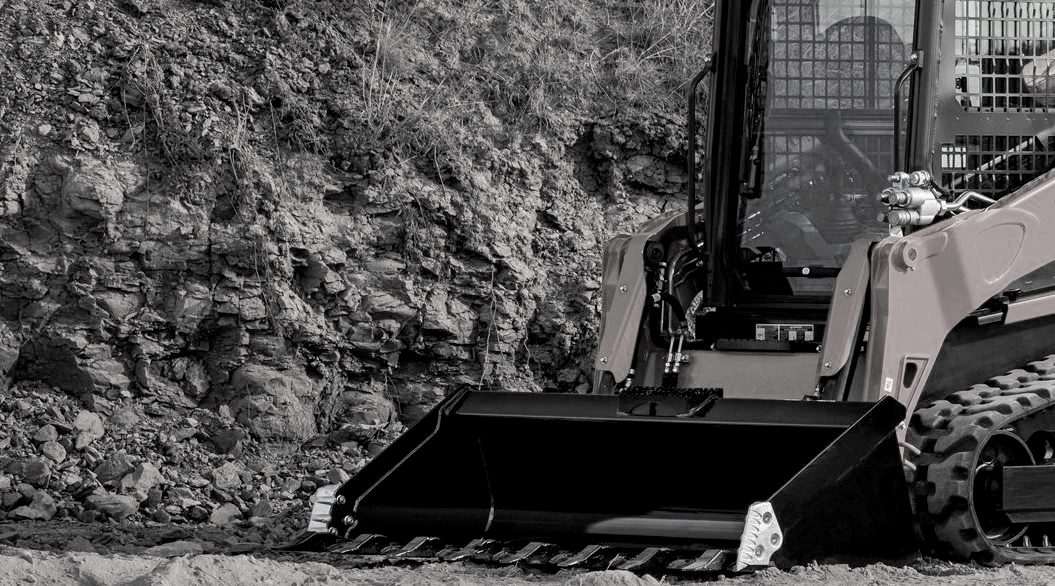
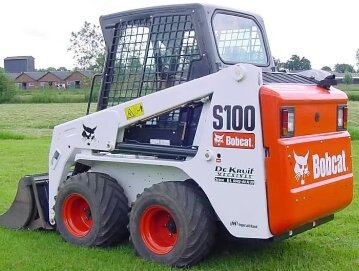 S100
S100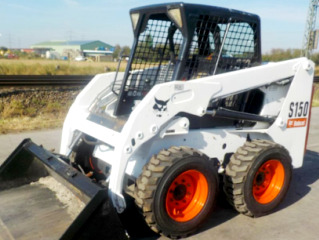 S150
S150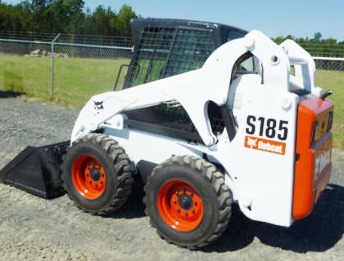 S185
S185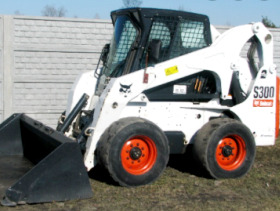 S300
S300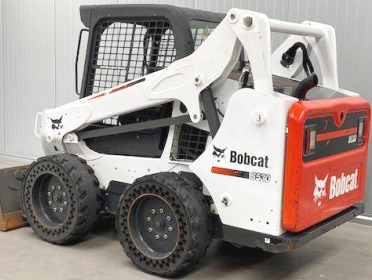 S530
S530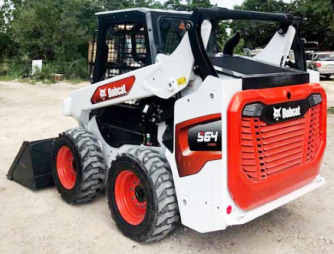 S64
S64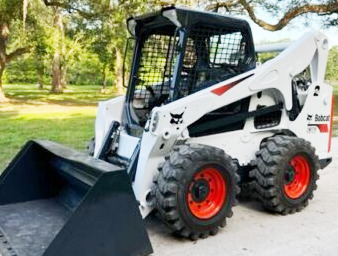 S740
S740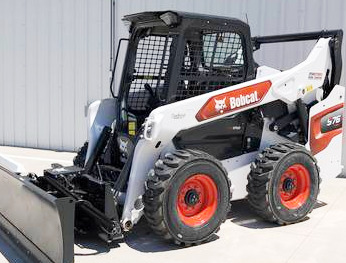 S76
S76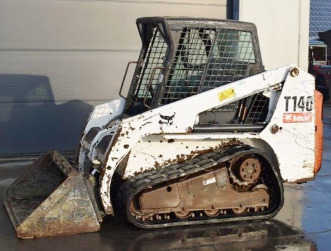 T140
T140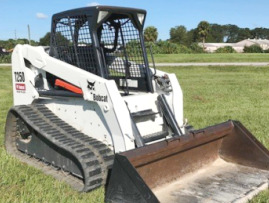 T250
T250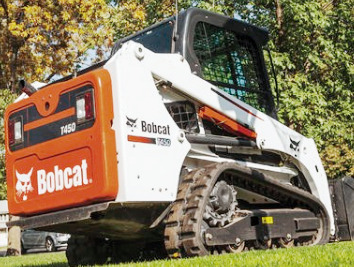 T450
T450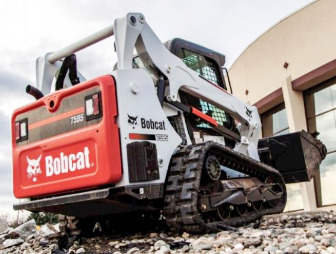 T595
T595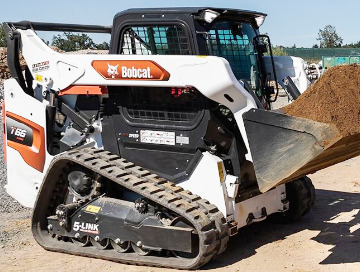 T66
T66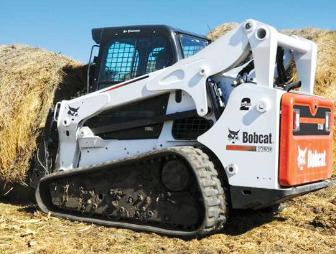 T750
T750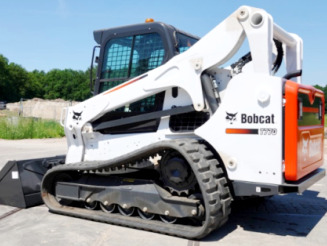 T770
T770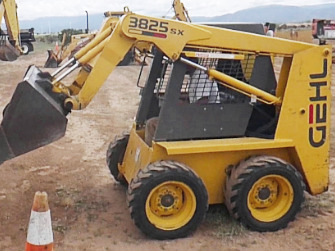 3825SX
3825SX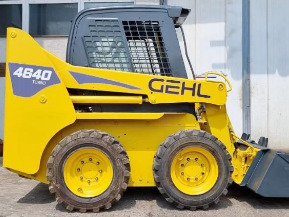 4640
4640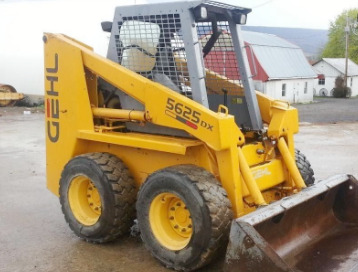 5625DX
5625DX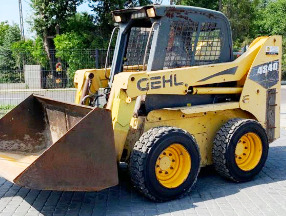 4840E
4840E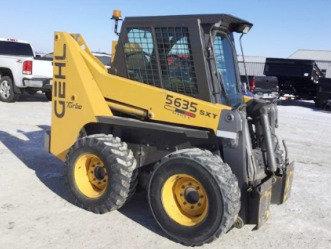 5635SXT
5635SXT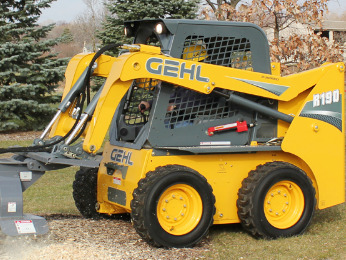 R190
R190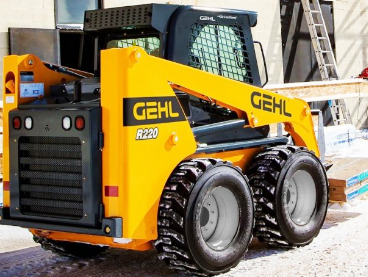 R220
R220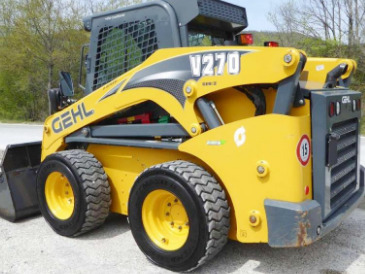 V270
V270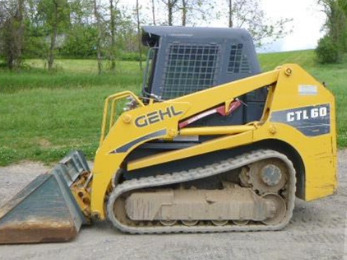 CTL60
CTL60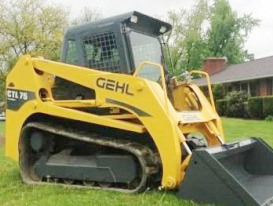 CTL75
CTL75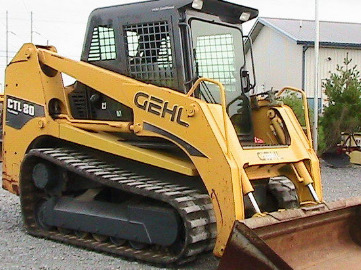 CTL80
CTL80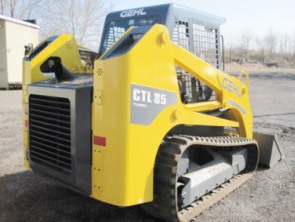 CTL85
CTL85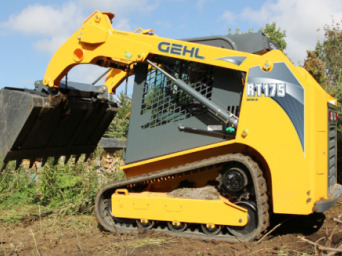 RT175
RT175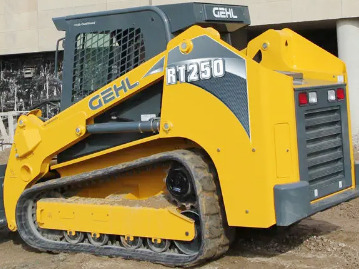 RT251
RT251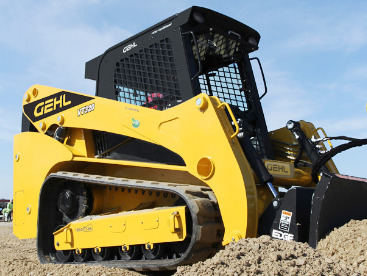 VT320
VT320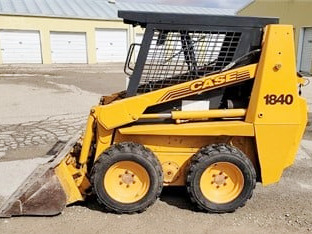 1840
1840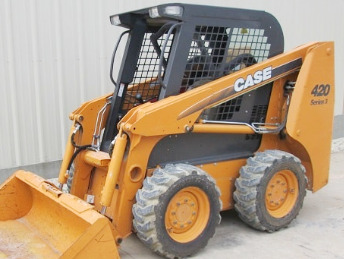 420
420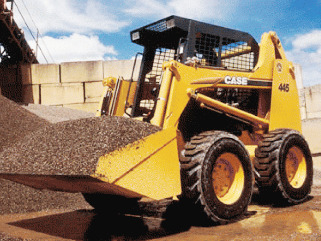 445
445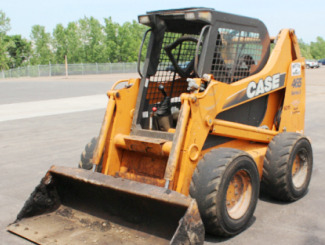 465
465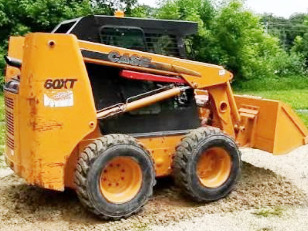 60XT
60XT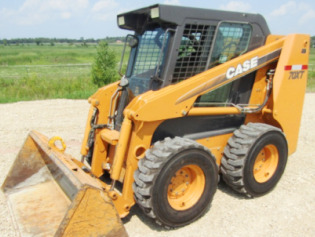 70XT
70XT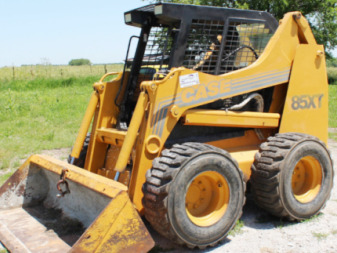 85XT
85XT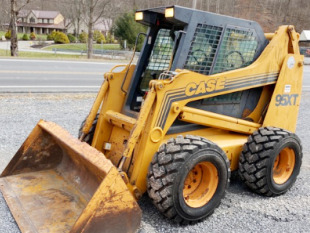 95XT
95XT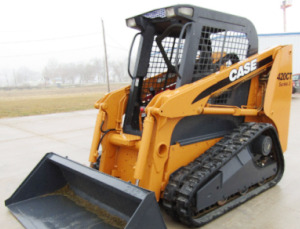 420CT
420CT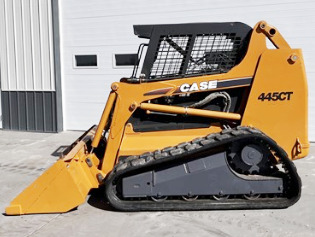 445CT
445CT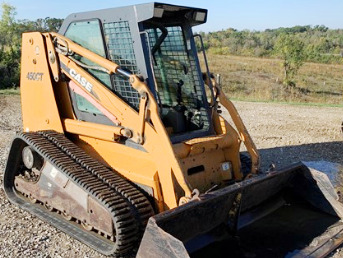 450CT
450CT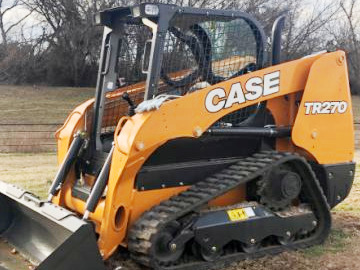 TR270
TR270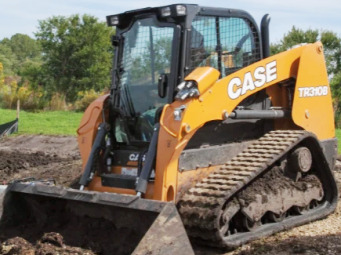 TR310B
TR310B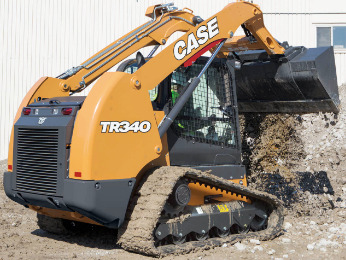 TR340
TR340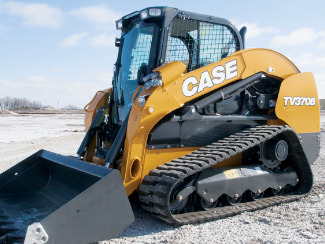 TV370B
TV370B